What are the origins of the different LGBTQ+ symbols?
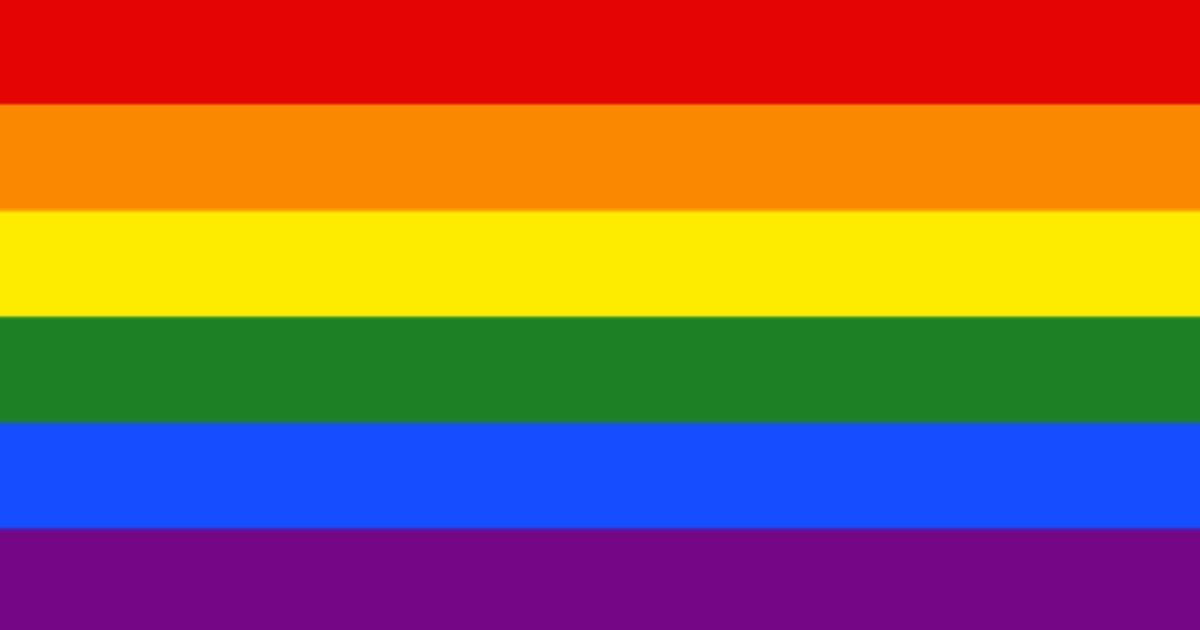
We explain the lesser known origins of some of the LGBTQ+ community’s most recognizable symbols
Although there is no doubt that the best known LGBTQ+ symbol is the rainbow flag, which represents the diversity of the community, there are many who feel like they aren’t fully represented in this single symbol, or who for other historic reasons have used other symbols to represent their specific community.
Throughout history, the labels and symbols used to represent the LGBTQ+ community have held a lot of meaning, and they continue to do so. Behind each of them there are millions of people fighting for the right to authentically represent themselves, using these symbols not just as a declaration of identity but also as a way to foster community. You’ll likely recognize all, or at least most, of these symbols, but you might know know their origins. Here we tell you a bit more about each them, and why these images hold so much power:
The Pink Triangle
Nazis used triangles of different colors to designate the reasons why inmates had been imprisoned, and the color associated with homosexuals was pink. In 1935, German law prohibited homosexual relationships, including kisses, hugs, and even fantasies with people of the same sex. It is estimated that about 220,000 gays and lesbians were imprisoned for these reasons during that time.
It wasn’t until the 1970s that the pink triangle was reclaimed as a symbol of the gay rights movement. This emblem, together with the phrase "Never forget, never again" was adopted by ACT-UP (AIDS Coalition to Unleash Power), which inverted the triangle as part of their “Silence=Death” campaign in response to the HIV/AIDs health crisis.
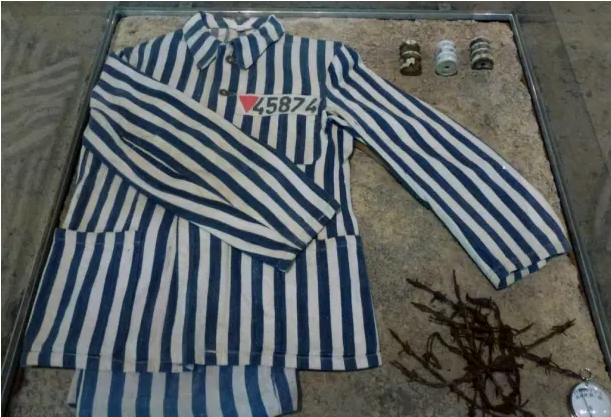

The Rainbow Flag
Designed by activist Gilbert Baker, it was created as a symbol of positivity, inclusion, and hope for the community. The flag first appeared at the San Francisco Gay Freedom Day Parade in 1978, and although the original design had eight stripes, the need to mass-produce the flags for the following year’s parade meant that harder to source colors like pink and turquoise were later excluded. Each color had its own meaning, red signified life; orange, healing; yellow, light; green, nature; blue, serenity; purple, spirit; pink, sexuality; and turquoise, art.
Although the officially recognized version is the one with six stripes, there are multiple variations, among which the "Victory over AIDS" flag stands out, which includes the addition of a black stripe across the bottom commemorating those lost to the disease.
Throughout history, the rainbow has played an important role in myths and stories related to gender and sexuality. In a 2008 interview with The Independent , Baker explained: "When I thought about creating a flag for the gay movement [...] I almost instantly thought of using the rainbow. To me, it was the only thing that could really express our diversity, beauty and our joy. I was astounded nobody had thought of making a rainbow flag before because it seemed like such an obvious symbol for us."
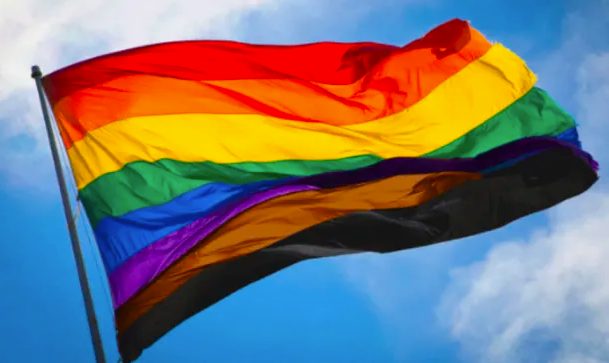
The Lambda Symbol
It was also in the 1970s that graphic designer Tom Doerr decided to use lambda, the eleventh lower case letter in the Greek alphabet—equivalent to an 'L'—as a symbol for the Gay Activists Alliance. Four years later, the lambda was adopted by the International Gay Rights Congress held in Edinburgh, Scotland. From there, it became recognized as another international symbol of gay and lesbian rights.
Originally, the letter was used as a pictorial symbol for the scales of justice. The Spartans would paint it on their shields to represent the balance that should exist between the individual and state, in line with their belief that the demands of society should not interfere with a person’s right to be free and independent. Today, the lambda is usually depicted in lavender, a color that is associated with homosexuality, to symbolize justice, unity, people’s relationship with society, freedom, equality, individuality, and light.

The Equality Logo
The Human Rights Campaign logo is another of the most recognizable symbols of the LGBTQ+ community, and it has become synonymous with the fight for basic equal rights.
It was jointly designed in 1995 by Elizabeth Birch, the HRC’s executive director, and Keith Yamashita, one of the founders of the marketing and design firm SYPartners. Together, they created a symbol which would go on to appear at countless pride celebrations and LGBTQ+ events.
In late March of 2013, when the United States Supreme Court was ruling on two marriage equality cases, the HRC released a red version of its logo, using a color synonymous with love, and the symbol went viral across social media.

The Bisexual Flag
In 1998 Michael Page decided to create a symbol representing bisexual pride. This part of the LGBTQ+ community did not feel like they were fully represented in the multi-colored flag, and thus wanted to create their own using color to represent the bisexual community’s identity. Composed by a stripe of Pantone226 (# D70270), which represents homosexuality, and a stripe of Pantone286 (# 0038A8), which represents heterosexuality, both stripes overlap in the center of the flag to form a lavender Pantone258 stripe (# 734F96).
As Page explained, "The pink color represents sexual attraction to the same sex only (gay and lesbian). The blue represents sexual attraction to the opposite sex only (straight) and the resultant overlap color purple represents sexual attraction to both sexes (bi)."
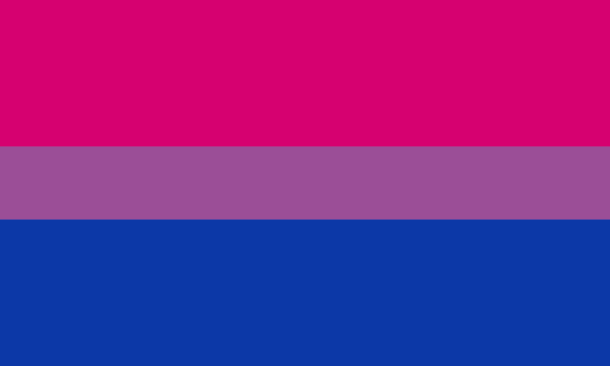
The Transgender Pride Flag
Transgender activist Monica Helms created this flag in 1999.
It’s a symbol best described in her own words, "The stripes at the top and bottom are light blue, the traditional color for baby boys. The stripes next to them are pink, the traditional color for baby girls. The stripe in the middle is white, for those who are transitioning or consider themselves having a neutral or undefined gender. The pattern is such that no matter which way you fly it, it is always correct, signifying us finding correctness in our lives."
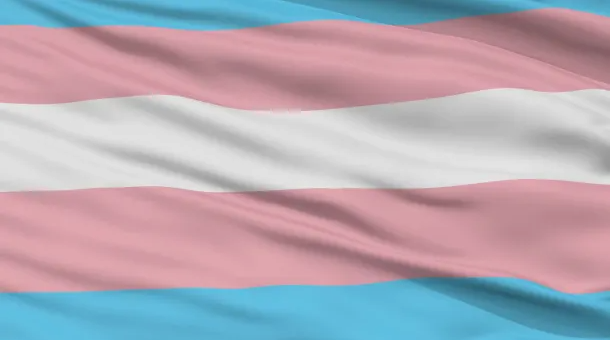
The Labrys
A double-edged ax with a name of Minoan origin, the root of the word is "labus", which means lips in Latin. The labyrs was used as a sceptre by the goddesses Demeter, Artemis, and Demetria in battles that preceded lesbian acts. It was also frequently used in the ancient matriarchal societies of Europe, Asia, and Africa, not only as a weapon but also as an agricultural tool.
In the 1970s, lesbian and feminist movements adopted the labrys as a symbol of strength and self-sufficiency.
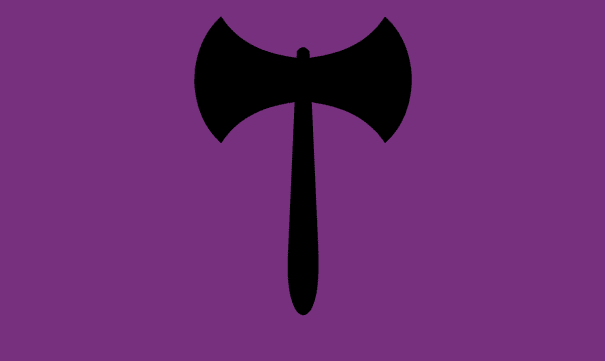
Do you know the origin of another LGBTQ+ symbol that you’d like to share? If so, leave it in the comments below!
You may also be interested in:
- The font style inspired by Gilbert Baker's rainbow flag
- #DesignWithPride2020






0 comments